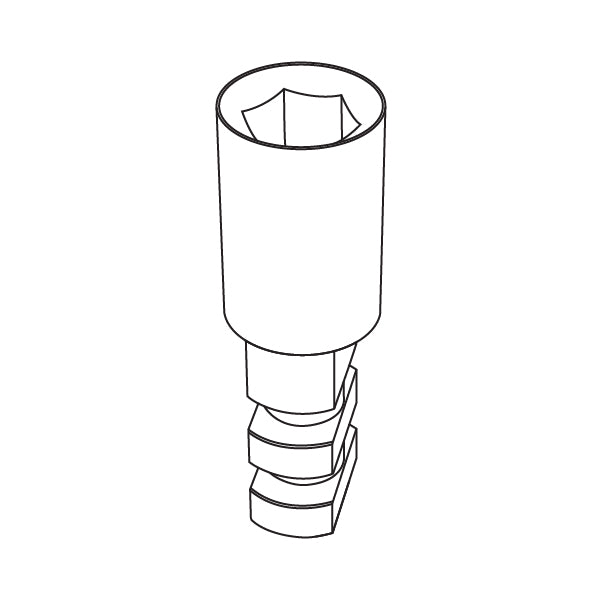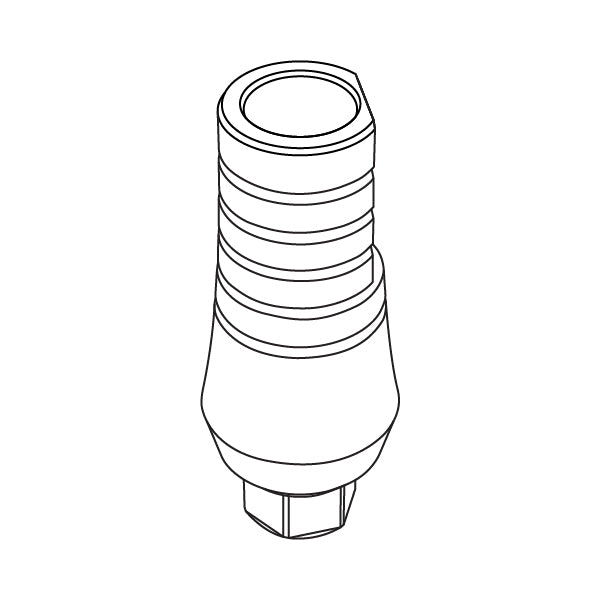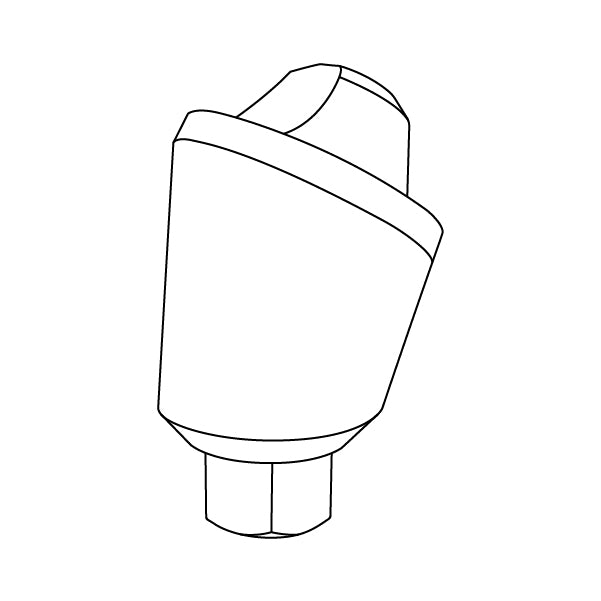Ball attachments provide a secure and stable connection between dentures and dental implants, featuring a simple and durable design. They include two components: a ball-shaped metal part on the denture and a silicone part on the abutment, which lock together seamlessly.
Ideal for patients who need removable dentures with enhanced stability, ball attachments are known for their flexibility, allowing slight movement for a more comfortable fit and reducing implant stress. Available in various angles such as Straight, 18°, 30°, 40°, and are made from Titanium grade 5 (TI-6AL-4V ELI).
Open Description
FAQs
Just like how abutments are attached to the dental implant, attachments are held within the denture to connect it to the dental implant. One such attachment that is commonly used by many dentists is the ball attachment.
A ball attachment is usually defined as a type of removable denture attachment system that is specifically created to produce a stable and secure connection between dental implants and the denture.
The ball attachment consists of a female component, which is socket-shaped and placed on the denture, and a male component, which is ball-shaped and placed on the implant. A secure connection is created when the two components lock together.
Both the ball attachment and locator attachment have their advantages and disadvantages that a good dentist will need to consider before settling for either option. In most cases, factors such as the available inter-arch space that the technician has to work with will help them decide which option is better suited to the patient.
As such, it is not possible to determine which is the better option between a ball attachment and a locator attachment without considering all the important factors and the nature of the repair work that the patient requires.
Maintaining ball attachments involves daily cleaning with a soft toothbrush and non-abrasive toothpaste, along with soaking dentures in a denture cleaner overnight. Regular dental visits every six months are crucial for professional cleaning and inspection.
Patients should inspect their ball attachments for wear and report any issues to their dentist. Worn components like silicone caps should be replaced as needed. Proper handling, avoiding hard foods, and using appropriate cleaning products ensure the longevity and functionality of ball attachment systems.
The retention strength of ball attachments varies based on several factors, including the design of the attachment, the materials used, and the condition of the surrounding tissue and bone. Generally, ball attachments provide moderate to strong retention for overdentures, ensuring stability and comfort for the patient. The use of silicone caps in the ball attachment system plays a crucial role in retention. These silicone caps can wear out over time and may need to be replaced to maintain optimal retention strength.
Additionally, the silicone caps come in different retention options. At GDT, we offer Extra Soft, Soft, Standard, and No Retention options to cater to various patient needs and preferences. This variety allows for customized retention strength, ensuring the best possible fit and comfort for each patient.
































































